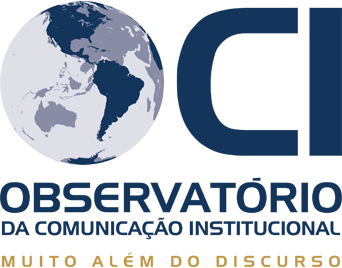Institutional Communication Organization – 5R INDEX presentation.
Text and presentation: Manoel Marcondes Machado Neto, PhD [USP]
Translation and locution: Nelson C. Seckler
”The other side of the ethics medal is transparency”.
– How can one guarantee that one’s conduct is ethical?
– How can we know for sure that a public or private manager who claims his organization is transparent is telling the truth?
Active Transparency Index.
– What is that?
It is the result of an organization’s relationships, which shows, by means of specific metrics, how open or how opaque the business is perceived, whether in government, corporations or third sector entities.
Our aim is not to replace principles rooted into the legal system, such as the Access to Information Act. Nor do we intend to replace financial statements published by public companies with shares negotiated in the stock market. Our intent is to add the benefits of public and transparent communication to corporate governance.
But how? By means of a functional audit of your communications.
Before we discuss the functional audit communication, we need to ask two questions:
– Is your organization transparent?
– Does your organization wish to be transparent?
No organization just happens to be transparent, or is transparent by default. Being transparent requires direct action, a specific effort. It is not impossible, or even hard. There is no secret. Nor do we want to make public any classified information. The very nature of the operation may require preserving data from the organization itself, its staff, or its customers.
For example, a quality audit service exists to certify a manufacturing or service process. Something like the ISO standards that we heard so much about in the 1990s and which are now fully incorporated into the processes.
An accounting and financial audit, in turn, attests the quality of the operations reporting. The numbers published by any organization need to accurately reflect its everyday economic transactions with third parties.
Such audit processes, however, have not been able to ensure a perception that we live amid transparent organizations.
Something is missing. And that something is communication. But it is not journalism or advertising.
Who could assess whether the communication process of a given organization is efficient and effective?
An independent entity, detached from economic, financial or political interests, such as the ICO, the Institutional Communications Organization.

